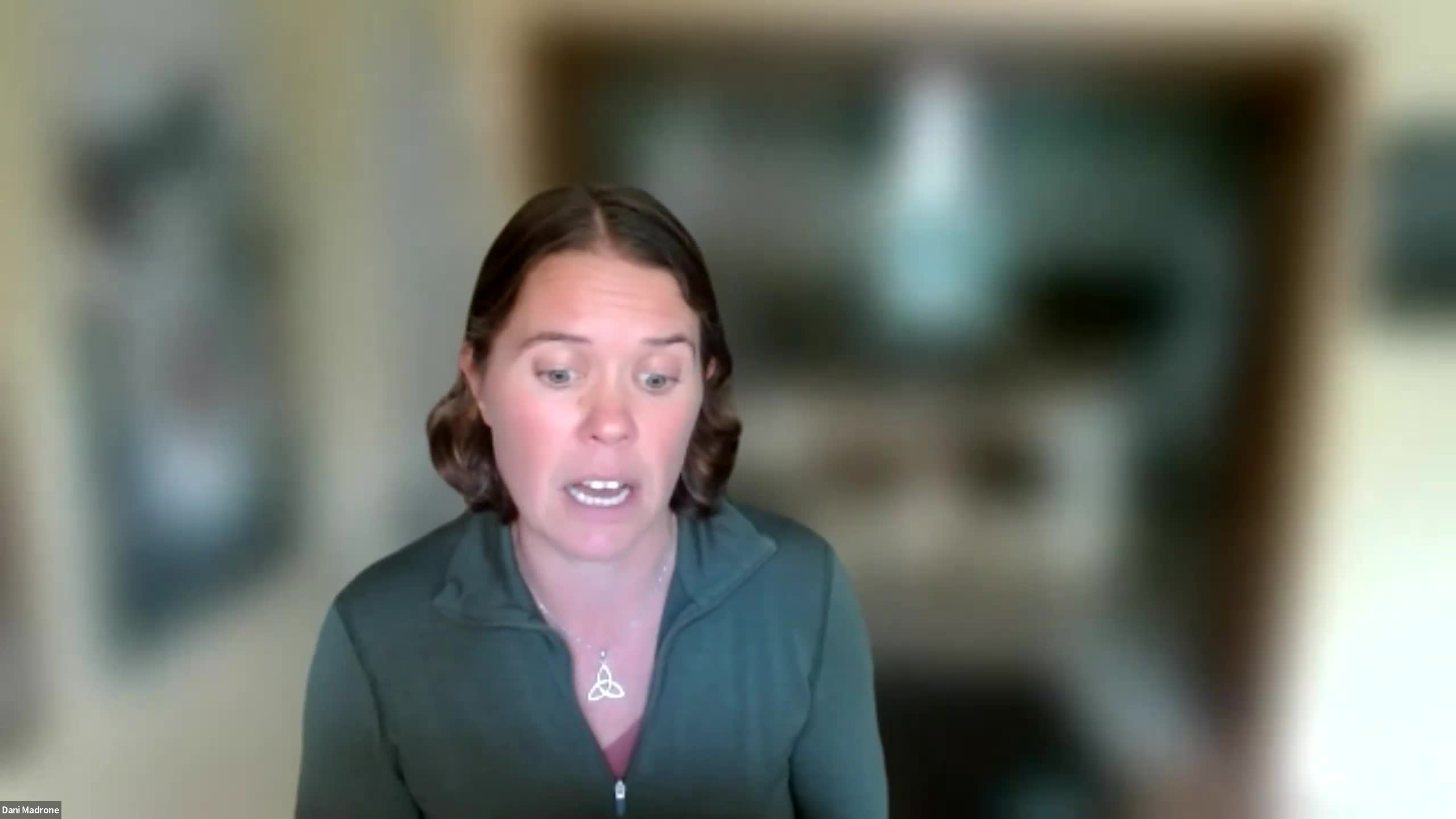Zoning overhaul sparks debate on housing density and clarity
October 17, 2024 | Olympia, Thurston County, Washington
This article was created by AI summarizing key points discussed. AI makes mistakes, so for full details and context, please refer to the video of the full meeting. Please report any errors so we can fix them. Report an error »

In a recent government meeting, officials discussed the complexities of zoning terminology and its implications for urban planning. The conversation highlighted the need for clearer language in zoning categories, particularly the term \"low density,\" which varies significantly between rural and urban areas. Participants emphasized that a more understandable framework is essential for residents to grasp the housing developments necessary to accommodate population growth.
One official, reflecting on past planning processes, noted that the current zoning map had not been a focal point of controversy during the comprehensive plan update. However, they acknowledged that the designation of high-density corridors had previously sparked debate, particularly regarding their proximity to existing residential neighborhoods. The discussion revealed a consensus on the importance of maintaining respectful transitions between high-density zones and historic neighborhoods.
The officials also revisited the evolution of the land use map, which has undergone significant simplification since its inception in the mid-1990s. They recognized that the current grouping of zoning districts within comprehensive plan designations was intended to streamline processes for zoning changes, but it may have inadvertently created confusion regarding the actual density of areas labeled as \"low density.\"
As the meeting progressed, participants expressed optimism about the future of the land use map while acknowledging that improvements could still be made. They underscored the importance of not reversing the progress achieved in previous planning efforts, advocating for a balanced approach that respects both development needs and community character. The dialogue concluded with a commitment to further refine zoning language and processes to better serve the community's interests.
One official, reflecting on past planning processes, noted that the current zoning map had not been a focal point of controversy during the comprehensive plan update. However, they acknowledged that the designation of high-density corridors had previously sparked debate, particularly regarding their proximity to existing residential neighborhoods. The discussion revealed a consensus on the importance of maintaining respectful transitions between high-density zones and historic neighborhoods.
The officials also revisited the evolution of the land use map, which has undergone significant simplification since its inception in the mid-1990s. They recognized that the current grouping of zoning districts within comprehensive plan designations was intended to streamline processes for zoning changes, but it may have inadvertently created confusion regarding the actual density of areas labeled as \"low density.\"
As the meeting progressed, participants expressed optimism about the future of the land use map while acknowledging that improvements could still be made. They underscored the importance of not reversing the progress achieved in previous planning efforts, advocating for a balanced approach that respects both development needs and community character. The dialogue concluded with a commitment to further refine zoning language and processes to better serve the community's interests.
View full meeting
This article is based on a recent meeting—watch the full video and explore the complete transcript for deeper insights into the discussion.
View full meeting
